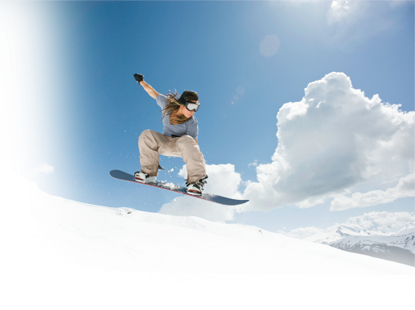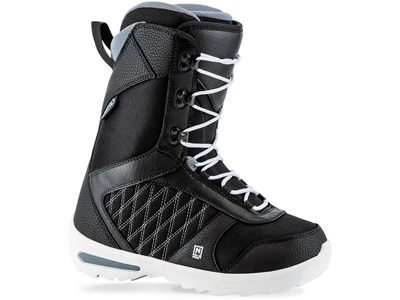

How To Choose a Snowboard Boots
Choosing the right snowboard boots can fundamentally affect your downhill experience. We will therefore advise you on how to choose the most suitable boots for you with regard to your riding style. When choosing snowboard boots, it is very important to think not only about the size, but also the stiffness of the boots and the way they tie.
How to choose snowboard boots?
- When choosing snowboard boots, consider how often you ride your board
and whether or not it makes sense for you to pay extra for more expensive and higher quality boots. - To determine the size of the boots, it is necessary to know the exact size of your feet in cm.
- When looking for the ideal hardness of boots, find out what your riding style is.
- Ask yourself: Do I mind lacing shoelaces in the cold on a slope?

Important parameters of snowboard boots
Size
Keep in mind:
Selection procedure:
Shoe hardness
The hardness of shoes is usually divided into three categories and depends on your riding style:
When testing them out, do a squat and push the shoes forward. You will find out if the hardness suits you.
Fast riding, freeride
Requires harder shoes with sufficient support around the ankles and in the tongue of the boot. Thanks to them, you have more control over the board. They are very similar to classic ski boots, but differ in the bevel of the sole and the inclination of the instep. Hard snowboard boots can only be used with a hard binding and on an alpine snowboard.
Freestyle
Require more flexibility, and therefore softer boots that allow you to bend your foot. The rubber sole of the boot should have a distinctive pattern so that it does not get clogged with snow and slip. Therefore, the heel and toe are also raised.
Binding
Laces
Quick-tightening lacing
Patented BOA system
Inner boot
The inner boot is a standard part of every snowboard boot. Not only does it absorb shocks and keep your foot and leg warm, it also fundamentally affects your riding comfort. Careful selection of an inner boot is an investment that your feet, back and spine will appreciate.
There are three types of inner boots:
Glossary - snowboard boots
BOA tying snowboard boots
A patented way of tying snowboard boots, which is available to only a few companies. Tighten the steel wire to tighten the shoes. The more expensive modified version of the Double Boa tightens the upper and lower part of the shoe separately.
Mondo point snowboard boots
Mondo point indicates the dimensions of your foot at its longest point in millimeters or centimeters. This is the real inner size (insole length) of your ideal snowboard boot in millimeters.
Chimney/ instep
The upper part of the skeleton of the boots, which is narrower for women's skis and wider for men's.
Inner boot
It helps you stay comfortable on a snowboard. It warms your food and calf, absorbs shocks and protects your feet, spine and back. It is a standard part of snowboard boots.
Glossary

